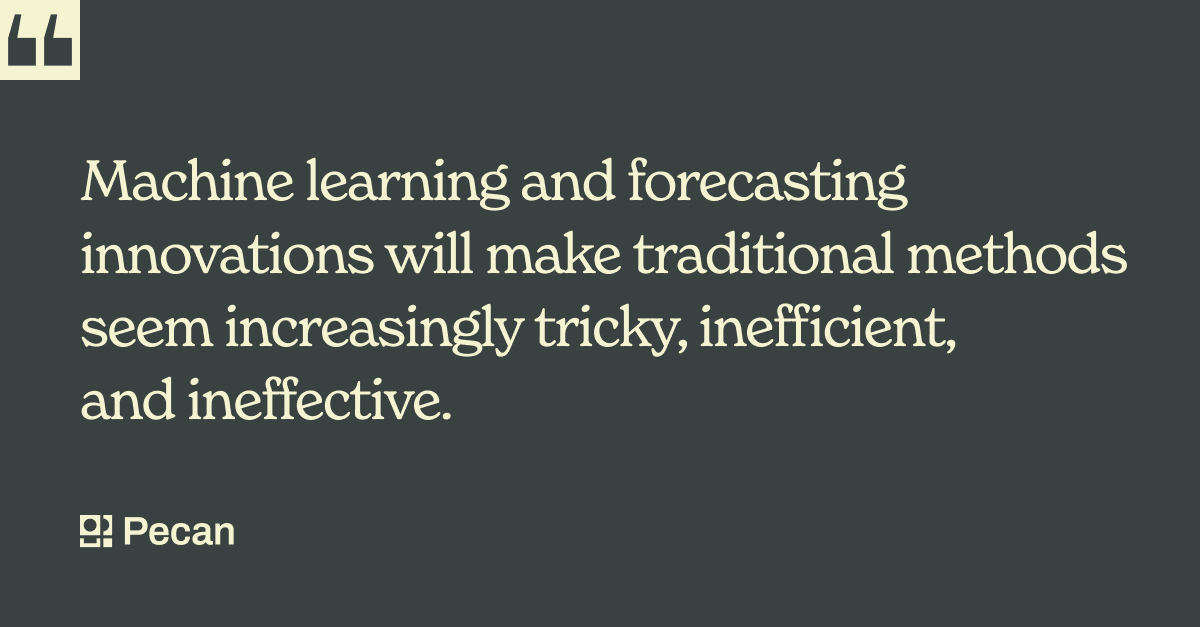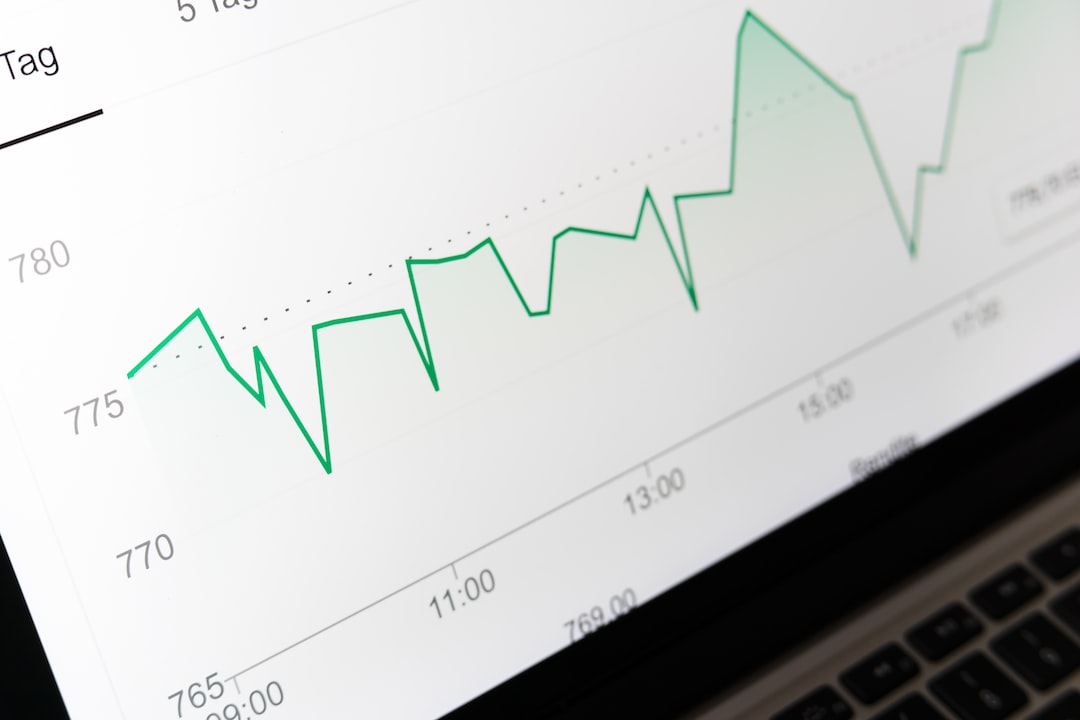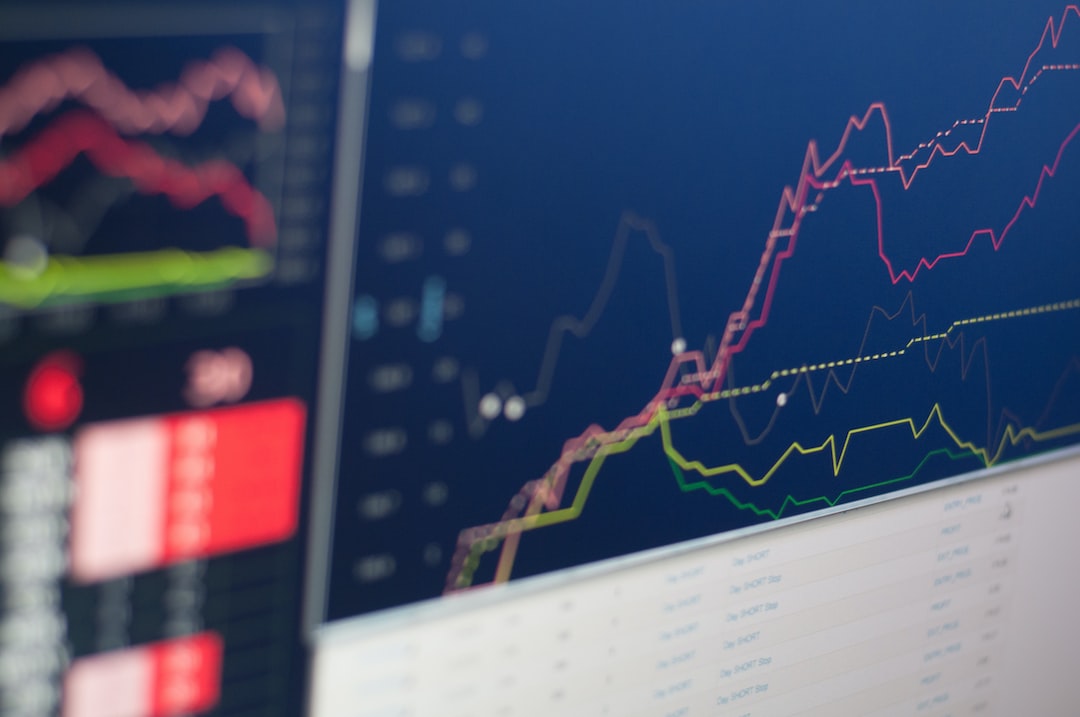In a nutshell:
- Predictive AI demand forecasting uses AI and ML models to optimize predictions and reduce forecast error.
- It can detect granular demand patterns and identify unexpected relationships within data sets.
- AI demand forecasting connects supply chain planners to marketing, sales, and other organizations.
- KPIs for forecasting success include increased sales, higher margins, and lower supply chain costs.
- Machine learning and forecasting innovations make traditional methods increasingly difficult, while focusing on KPIs is crucial for success.
The role of demand planning today
In the past several years, reality has shifted for demand planning.
Consumers today expect higher-quality products and want a seamless and immediate buying experience. From payment to delivery, buyers have quickly adapted to online shopping’s fast-paced, multi-platform landscape.
As consumer data grows, customer behaviors can seem increasingly erratic. New devices, regions, and protocols can make the consumer appear impossible to pin down. Traditional methods of forecasting demand use rules-based, static formulas that only look at a set of factors from historical data. These methods are proving less and less effective.
But in this new reality, there’s an unprecedented opportunity for demand planners and supply chain analysts. Consumers generate more data every year. They’ve shown a willingness to trade their data for more effortless, seamless experiences. You can improve their experience by ensuring they get the products they want, when and where they want them.
The solution for demand planners to meet this opportunity combines the old and the new. It’s called AI demand forecasting.
ML is transforming traditional forecasting methods.
What is AI Demand Forecasting?
Predictive AI demand forecasting understands and predicts customer demand patterns to ensure supply meets demand at critical points along the supply chain. Unlike traditional demand planning based on static rules, AI demand forecasting provides granular, nuanced predictions. Those predictions are based on complex statistical patterns deep in the data.
Incorporating external data, such as weather data, can significantly improve forecast accuracy, especially in data-light environments. These external data sources, including weather forecasts, social media activity, and financial transactions, provide valuable inputs for AI-driven models and can lead to more accurate forecast outputs. This integration allows for a more comprehensive understanding of the factors influencing demand, leading to improved forecast accuracy and better decision-making.
The rewards are enormous. Demand planners and analytics teams can leverage AI-powered demand forecasting to increase sales and reduce inventory and manufacturing costs. Their forecasts can improve consistency across the supply chain, finance, and risk management. This strategy can help integrate otherwise silo-heavy organizations, ensuring they share terminology and metrics. This common ground makes it easier to integrate and analyze data effectively.
AI demand forecasting can facilitate better communication and collaboration, enabling organizations to make more informed and precise demand forecasts. Like other forms of predictive analytics, it empowers the whole business with a window into the future.
The evolution of demand forecasting with AI
In the past several decades, demand planning has become an integral component of any company concerned with supply chain management. That’s especially true in high-volume industries like CPG and retail.
But forecasting has evolved. Let’s look at the differences between these types of demand forecasting. We'll also explore how predictive demand forecasting builds on technological advances and today’s data-rich landscape.
Traditional demand forecasting
- Rules-based modeling and traditional time-series modeling
- Limited data points
- Requires strong relationships between variables to determine causation
- Informs supply chains what to order
Predictive demand forecasting
- Uses AI and ML models to find and optimize predictions automatically
- Reduces forecast error through constantly updated models based on current data
- Able to detect subtle and granular demand patterns at SKU and POS level
- Identify non-trivial and unexpected relationships within data sets to unlock accuracy
- Leverage limitless data to build models, e.g., sales, marketing, operations, customer transactions, economic, competitor data
- Answers the “why” from multiple angles, from demographics to geography, allowing for better personalization
- Connects supply chain to marketing, sales, and other departments
KPIs to Forecast Success
To be sure, traditional demand forecasting was a battle to get accurate, relevant results. In contrast, predictive demand forecasting allows you to automate parts of the process, like data prep. Automation ensures demand forecast accuracy while optimizing for business results. This approach can finally settle the battle between accuracy and scale of business impact.
However you approach predictive demand forecasting, keeping business outcomes front and center is imperative. Demand forecasting for ideal inventory management should be able to provide accurate forecasts and optimize for:
- Increased full-priced sales
- Higher sale volume
- Higher margins
- Preventing understock/stockouts
- Lower supply chain costs (e.g., reducing reverse logistics)
- Lower holding costs
According to McKinsey, companies that adopt predictive demand forecasting with AI can see a major improvement in the accuracy of their forecasts, reducing error by 30 to 50 percent. That can mean millions of dollars in cost savings and efficiencies.
And if you're working on supply chain efficiency, there's definitely pressure to improve your KPIs. A recent Gartner survey showed that 42% of chief supply chain officers are pressured to maintain current margins and profitability and achieve targets for sustainability, speed and innovation.
It's time to get those algorithms moving.
Forecasting Demand with AI
Undoubtedly, accurate demand forecasting and planning are in more demand than ever. But machine learning and forecasting innovations will make traditional methods seem increasingly tricky, inefficient, and ineffective.
At the same time, predictive demand forecasting can become another AI vanity project if KPIs aren’t the primary focus.
Your demand planning team can combine the old and the new. They can blend their data and business savvy with the latest innovations to maximize efficiency and results. All in all, there’s untold potential for demand planning to become the most integral part of the supply chain—and the business.
Common concerns about AI demand forecasting
AI demand forecasting and privacy
The rise in popularity of AI demand forecasting has given rise to concerns regarding privacy. One of the main concerns is the collection and analysis of personal data by AI algorithms for demand forecasting. Naturally, consumers and companies are both concerned about the security and confidentiality of individuals' personal information. Fortunately, it's possible to do demand forecasting without personally identifying information (PII), and demand forecasting tools exist with solid security and privacy practices.
Balancing AI forecasting with human expertise
AI demand forecasting is a delicate balance between automation and human oversight and intervention. On one hand, automation allows for efficient data analysis and prediction, enabling businesses to make informed decisions.
But there's still an essential role for humans! Maintaining human oversight is crucial to ensure the forecasts' accuracy and reliability. There may be anomalies or outliers that weren't captured by the algorithms, and humans have a sense of the larger context for forecasts that can lead them to suggest essential modifications.
However, by combining automated AI forecasting with human expertise, organizations can achieve more accurate and reliable demand forecasting. And, of course, overall, these will produce better decision-making and improved operational efficiency.
Capturing fluctuations and intangible factors that affect forecasts
Given recent, unpredictable world events, it's understandable that you might doubt that AI demand forecasting can anticipate the impact of unusual circumstances and the wide range of human emotions and psychological effects that can alter demand patterns.
However, having a history of reliable demand forecasts and an ample supply of external data can help supply chain managers and others understand the likely impacts of unusual events on demand for their products and services. In short, investing in AI demand forecasting establishes a track record of forecast data that can serve multiple purposes during challenging events.
Examples of Successful Demand Forecasting
Demand forecasting is relevant across many industries, from healthcare to retail to manufacturing. Here are some examples of how AI demand forecasting has supported better business outcomes:
- Insurance industry: CAA Club Group (CCG), Canada's largest not-for-profit automobile club, has significantly improved its roadside assistance service using Pecan's AI demand forecasting. Before adopting Pecan, CCG relied on time-consuming manual forecasts, but with AI-powered automated forecasting, they can accurately predict and optimize their response to roadside assistance requests. The data science team generates precise forecasts for call volume, service types, and specific regions. This range of forecasts allows them to allocate resources efficiently and reduce response times for stranded members, particularly during challenging weather conditions. As a result, CCG has enhanced member satisfaction by ensuring quicker assistance, ultimately benefiting from increased member retention and positive word-of-mouth referrals.
- Retail industry: A global retailer faced a complex challenge as it struggled to meet unpredictable consumer demand across its vast omnichannel distribution network, comprising over 10,000 product SKUs. Unforeseen shifts in seasonal buying patterns and regional variations in demand disrupted the company's conventional forecasting methods. As a result, the retailer faced stockouts of popular items despite their availability elsewhere, high overstock costs from excess inventory and obsolescence, and reduced profit margins due to inefficient and reactive promotional strategies. Thankfully, the adoption of Pecan's AI demand forecasting provided a solution. The demand forecast models led to a remarkable reduction of up to 50% in overstocks and a 10-25% increase in sales by ensuring better product availability.
- Grocery industry: An online grocer dealt with the formidable challenge of accurately predicting sales volume at the SKU level across 26 cities and from over 12,000 suppliers. Their existing forecasting methods led to overstocked products in some areas and understocked items in others, resulting in high inventory costs and a subpar customer experience. Pecan, however, rapidly tackled this complex demand forecasting task, beating the accuracy and actionability of months-long efforts within just a few days. With predictions consistently reaching 80-90% accuracy, aided by data enrichment including regional weather, traffic, and economic data, the company deployed models 10 times faster, enabling their internal data science team to focus on custom business inquiries. The results were profound: overstock instances were drastically reduced, and stockouts reached historic lows, enhancing overall customer satisfaction.
Implementing Demand Forecasting for Your Business
Does this sound like a promising approach for your business's goals? Here's a step-by-step guide on how to begin implementing AI demand forecasting:
- Identify Your Goals and Objectives: Define precisely what you aim to achieve with AI demand forecasting. Are you looking to reduce inventory costs, improve customer service, optimize supply chain operations, or all of the above?
- Data Gathering and Preparation: Collect historical sales data, customer data, market data, and any other relevant information. Ensure data quality and cleanliness, as accurate forecasting relies heavily on data quality. (Just FYI, Pecan handles much of this data cleaning and preparation for you, so you don't have to stress about this.)
- Data Integration, Storage, and Security: Create a centralized data repository to store and manage your data. You may need to combine data from various sources and use databases or data warehouses. Ensure you have robust cybersecurity measures to protect your data and models, especially if sensitive customer data is involved.
- Select the Right AI Tools and Technologies: Choose the appropriate AI and machine learning tools and platforms for your specific needs. If you have skilled data scientists or demand planners who can hand-code demand forecasting models, popular Python libraries or tools from AWS, Azure, or Google Cloud may be helpful. This route will require doing all the model selection, training, validation, and testing internally. However, suppose you don't have staff with advanced statistical and coding skills. In that case, you can opt for a platform that handles all that manual work for you, like Pecan's AI demand forecasting solution.
- Feature Engineering: Identify and create relevant features (predictive variables) from your data that can help improve forecasting accuracy. These features might include seasonality, holidays, promotions, economic indicators, etc. Again, you may have to ask your experts to ensure all those features are created manually. Alternatively, you can select automated solutions that reliably and accurately create these features.
- Deployment, Monitoring, and Maintenance: However your model is created, once you're satisfied with its performance, you can deploy it into your production environment. Continuously monitor the model's performance and retrain it as new data becomes available. AI models tend to become less accurate over time if not updated regularly. (Again, we might know of a platform that can automatically handle this for your team…)
- Integration with Business Operations: Integrate the demand forecasts into your business operations and decision-making processes. Fully adopting the forecasts might bring about changes in inventory management, procurement, production planning, and sales strategies. For ease of implementation, look for a solution with easy integration into your other business systems, like your ERP or data warehouse.
- Change Management and Feedback Loop: Be sure employees across your department (and potentially across the organization) can understand and use AI-driven demand forecasts effectively. Establish a feedback loop where real-world results are compared with forecasts. Use this feedback to improve your models and processes continuously.
- Scale and Expand: As your organization gains more confidence and experience with AI demand forecasting, consider expanding its application to other areas of your business or optimizing existing models further. After all, there's probably more efficiency to be gained in other areas or with more model refinement!
Implementing AI demand forecasting is an iterative process that requires ongoing refinement and adaptation. Viewing it as a strategic investment that can yield significant benefits over time is crucial.
Ready to get started? We'd love to show you how Pecan can provide your team with AI demand forecasting that helps your business gain efficiency and reduce costs.







